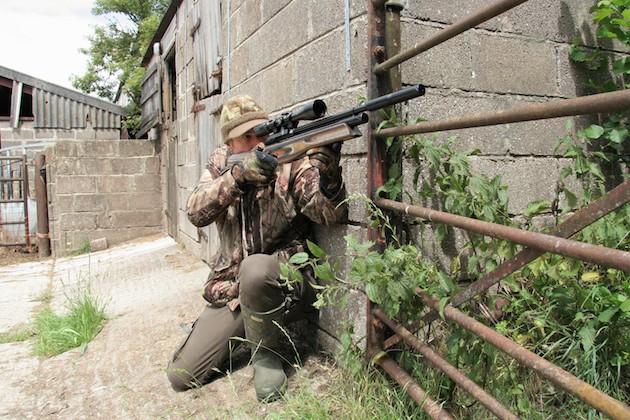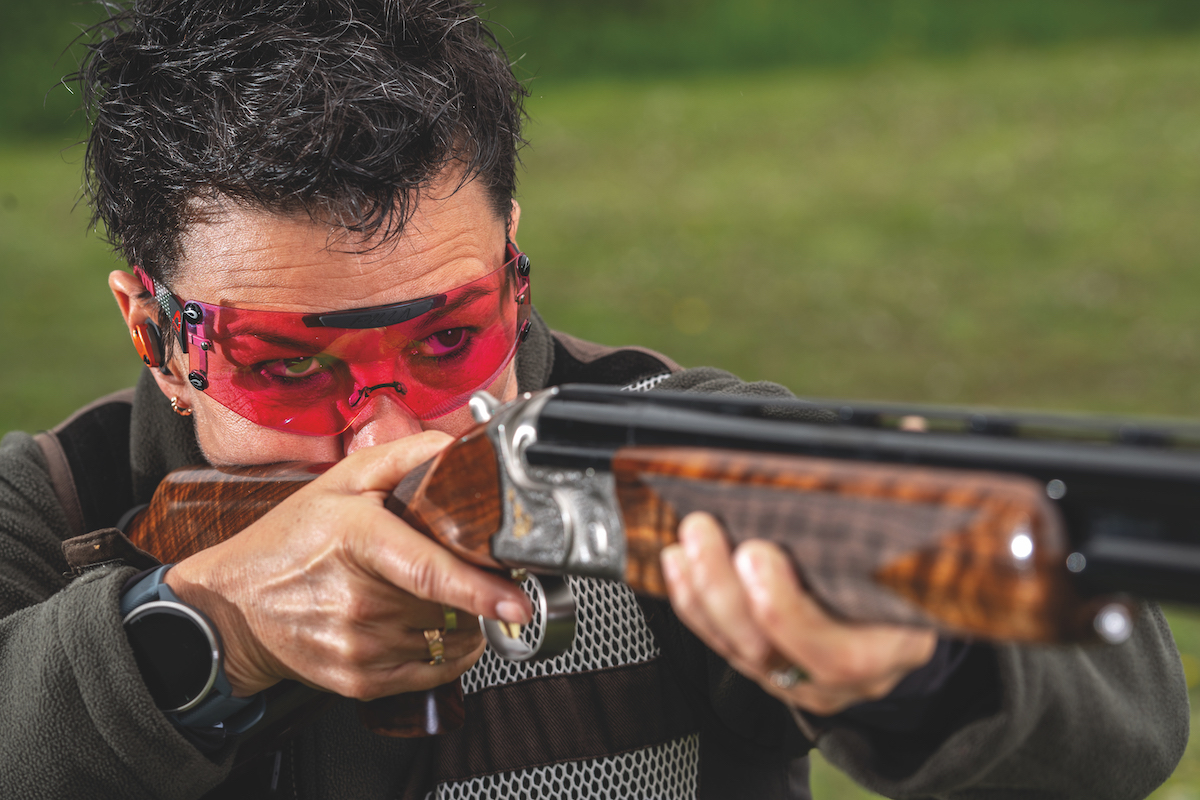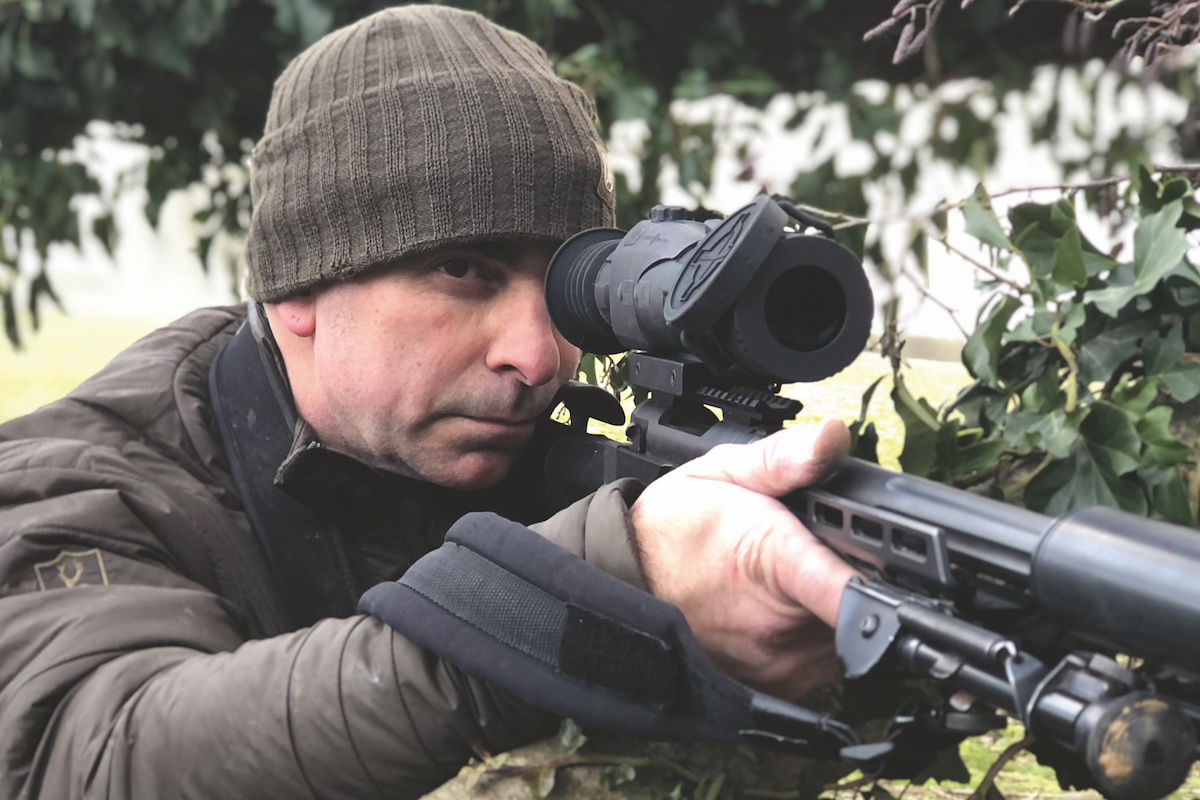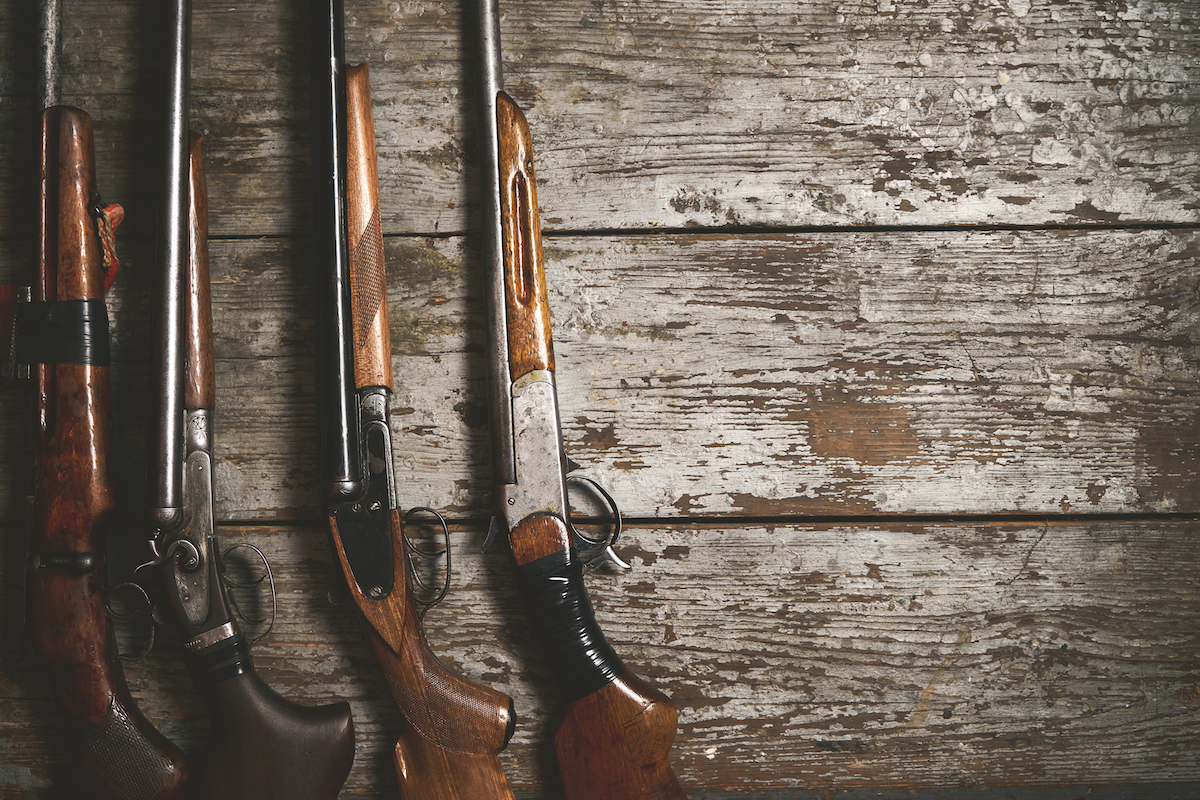How to choose an air rifle that’s right for you
There are so many choices out there - so here are 27 key tips to help you make that all-important purchase.

Make sure you read, understand and adhere to the rules set out by relevant general licences when controlling pest birds with an air rifle.
- Before you choose an air rifle you need to think about what you want to use your air rifle for? A bit of backyard plinking? Target practice? Pest control?
- Set a budget and stick to it. (Read our guide to the best air rifles under £500).
- Go to air gun clubs and shops, try out different rifles and ask questions.
- Depending on your answer to (1) you need to think about how powerful your air rifle needs to be. Air rifles must not have a muzzle energy above 12 foot pounds (or you will need a firearm certificate.)
- Some short range target competitions restrict muzzle energy to 6 ft lb.
- Think about calibres when you choose an air rifle. Do you want .177 or .22? Precision target shooting and hunting over different distances are often done with a .177 which has a flatter trajectory. But a .22 rifle, although with a more loopy trajectory, is more energy efficient.
- You will get more shots per air fill from a .22 PCP air rifle than a .177.
- Some disabled shooters may find .22 easier to shoot.
- But .22 pellets are more expensive. (Read our list of best air gun pellets.)
- Spring powered rifles tend to be cheaper than PCPs and can be heavier.
- Springers are harder to shoot accurately than PCPs but it’s easier for an instructor to spot bad shooting technique with them and correct it.
- PCPs are easier to shoot well, there is little recoil and they are not usually hold-sensitive.
- PCPs tend to be favoured by target shooters due to their predictability.
- You can shoot PCPs offhand, rested, off shooting bags, sticks or a bipod.
- Springers can often be serviced at home with the right tools.
- PCPs have to be filled with compressed air from a separate source, like a dive cylinder, pump or compressor. (Read our list of best airgun compressors to use at home.)
- CO2 rifles are best for informal target shooting as they lack the consistency needed for accurate target shooting.
- Most springers are single shot only
- PCPS are available in single or multi-shot versions.
- Single shots are less expensive and usually more reliable as there is less to go wrong.
- Multi-shot rifles give the shooter the ability to reload whilst keeping an eye on the target.
- As their name suggests, every pellet in a single shot rifle has to be reloaded. So they are potentially safer.
- A heavy air rifle can be more accurate as it can generally be held more steadily and absorb recoil. However young Guns may need to mount a heavy rifle on a bipod and a heavy gun can be irksome on a stalking outing.
- Carbines having a shorter barrel are easier to use in confined spaces, such as when you are rat shooting or controlling ferals in farm buildings.
- Think about the length of reach. If you have short arms you will struggle to shoot a rifle with a long reach (and vice versa for long armed people. Mount the rifle and see how the reach feels. Mike Morton of Airgun Shooter advises: “A very rough rule of thumb is to hold the rifle in your trigger hand, place the butt in the crook of your elbow and see if the pad of your trigger finger falls naturally over the trigger blade. If this feels good, shoulder the rifle and test the reach this way as well.”
- Also consider the cheekpiece height, where you rest your head whilst aiming. If it is wrong you will find it hard to keep a consistent aim through the scope or open sites. You might want to choose a rifle with adjustable cheekpieces and butt pads.
- Finally make sure that the rifle fits you. Of course your choice needs to be accurate, reliable, tough, easy to use and within your price range. But unless you are comfortable with your rifle you will never reach your full potential.








